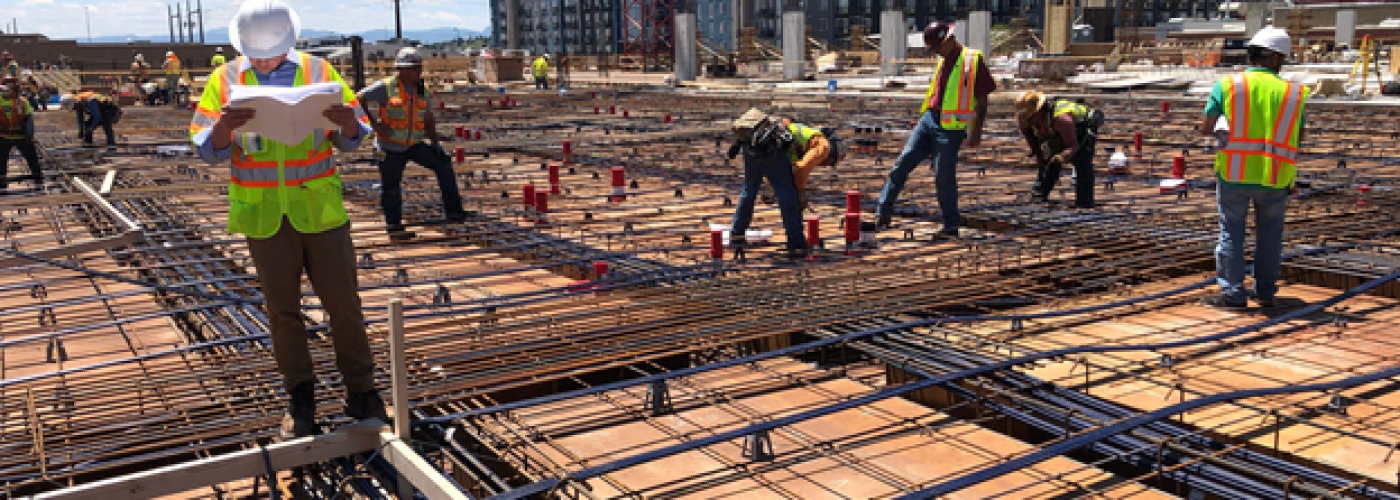The construction industry is one of the prominent commerce that needs a lot of work. The quality of the materials utilized, particularly in this kind of business, may often make the best of a bad situation. The statement is especially true in the construction industry, where failure may have severe ramifications. Materials testing applications are usually included in the research and development process to verify that the final product satisfies quality and safety requirements.
Balances and scales play a crucial function in the testing of building materials.
What is the purpose of testing construction materials?
There is a wide range of circumstances to evaluate the properties and behaviour of substances such as metals, masonry, concrete, and asphalt during a material testing procedure. The most apparent purpose of testing is to ensure that the finished product will perform as planned and will be able to withstand the pressures associated with that purpose.
In addition to safety and economic considerations, professionals should perform material testing to verify that material is appropriate for the design and structure made on a particular place or site.
How to Set Up a Field Laboratory for the Testing of Construction Materials
Establishing a field laboratory to test building materials is often required in the contract agreements for large-scale construction projects. Launching a remote place may help to alleviate specific logistical difficulties.
The Advantages of Using a Field Laboratory
Transporting large quantities of samples or test elements to the main lab is quite expensive, time-consuming, and fraught with the possibility of materials lost or specimens bound to be damaged.
Time restrictions may apply to the execution of specified tests and the reporting of findings.
When the sheer number of tests needed on a single project needs to be a part of the everyday workload of a central lab, it may be difficult for them to handle.
Planning the Place and Procedures
Most central building materials labs begin with a few essential things and gradually add additional equipment as the demand for it arises over many years. When you have to set up a testing lab from the ground up in a short period, you must think differently.
In some instances, reassigning existing equipment from the main facility may be possible if the needs are simple and will only be in place for a brief period. However, the little provision will go a long way toward securing the launch of a well-equipped remote lab and assurance of the safety of the people and the raw materials.
What Methods Do We Use to Examine the Extent of Construction Materials?
Materials examination and testing encompass a wide range of applications investigating the composition, biological properties, and chemical characteristics of several different materials.
Even though the specific tests used vary from industry to industry, popular methods include specific gravity, unit mass tests, and density measurement. It also provides compression strength, flexural strength, permeability, tensile strength, and elasticity. Other tests might include heat capacity, thermal expansion, and drying shrinkage for some minimal materials.
When determining the specific gravity of cured materials, such as concrete or asphalt, precision balances from Nimbus may be utilized. Specific gravity’s definition is a relationship between the density of a material and the density of a liquid, such as water for liquid or air, including gasses.
When used with a weigh-below hook in the field, the CKT and Highland are equally effective. Still, the Highland has the additional advantage of having an internal rechargeable battery for mobility and usage on the job site.
For specific gravity testing with the Nimbus precision balance, a sample needs to weigh the balance’s pan, and you need to record the resulting value. The model is then put in a basket connected to the balance’s weigh-below hook and dropped into a water container below, with Nimbus set on a tabletop with a cutout.
After recording the weight of the submerged sample, comparing it to the first result, and calculating the specific gravity of the model, you need to turn off the equipment. In addition, the same procedure goes to estimate the density of a liquid.
Material testing is critical in concrete production, a composite material that comes from many distinct components. Concrete is an excellent example of a product whose quality is highly reliant on materials testing results. Water, cement, and air are all used in concrete production, while good bits such as sand and coarse aggregates like gravel account for most of the total volume. To determine the hardness of the concrete, you need to consider the mix and kinds of aggregates used in its production.
Examining the particular gravity of concrete is a reliable method to verify that it will withstand the weight of a structure without breaking or crumbling.
What Is the Purpose of a Weighing Scale in Construction?
When working on design and construction projects, it is beneficial to have an accurate weighing scale. When managing your supply of construction and design materials, keeping track of stock levels is critical.
An insufficient supply of materials may prevent the project from moving further. Because of an overabundance of inventory, building goods may lie unused for extended periods, resulting in a waste of money and space.
It is possible to plan and buy the appropriate supplies to accomplish your project if you weigh the items before using them.
Establishing a Space for Research and Development
Before purchasing equipment, consider the available space, the anticipated workload, and production, as well as the number of personnel who will be required to operate it.
The ability to anticipate equipment footprints, ergonomics and test technique needs enables for more effective planning moving ahead.
Their manufacturers may specify individual devices in terms of their size and operating space needs.
Because it is essential to the viability and safety of a building project, it deserves special attention. Construction materials testing may show a wide range of problems relating to the overall building quality. Engineers and stakeholders may use it to identify potential hazards in the future, categorize a construction site, and aid with engineering choices.
Engineers and builders may not determine if the quality of the construction fulfills the standards if they do not conduct the proper testing.
In addition, construction materials testing is a legal requirement for most large-scale projects, making it essential in many projects that impact not only the owners but also the surrounding environment. The testing is essential to ensure compliance with applicable laws and regulations widely.





